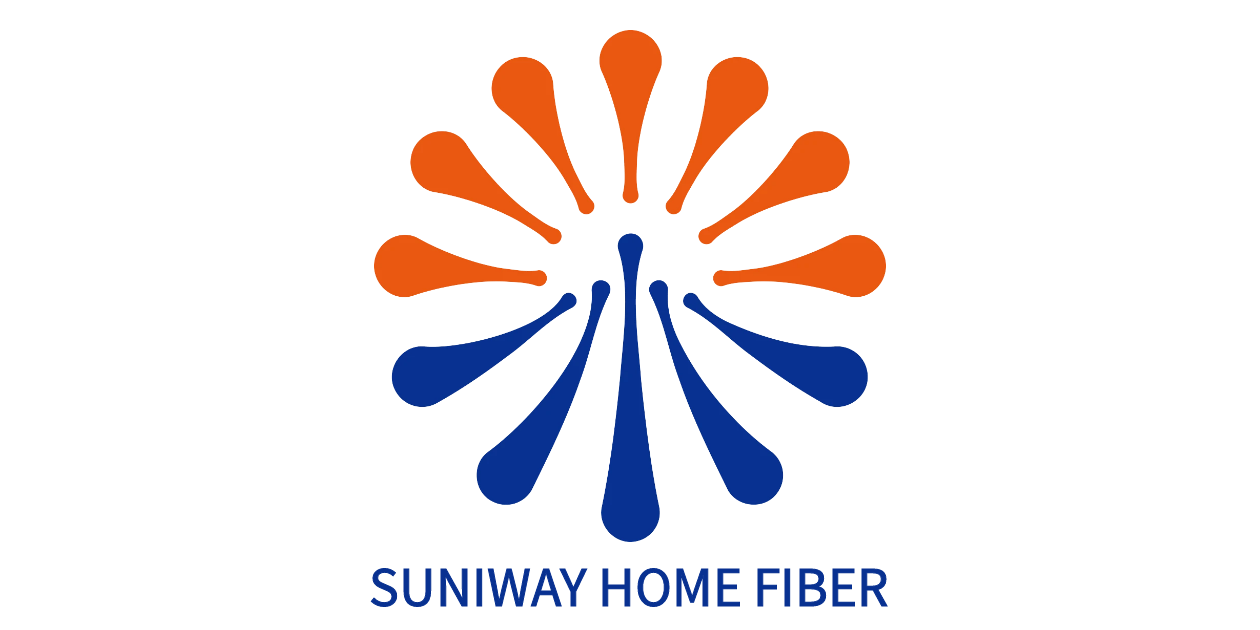
Upgrade to High-Speed Internet for only ₱1499/month!
Enjoy up to 100 Mbps fiber broadband, perfect for browsing, streaming, and gaming.
Visit Suniway.ph to learn
ILOILO CITY, Philippines – Dr. Derek Ben Jabines was no stranger to the operating rooms at Western Visayas Medical Center (WVMC) in Iloilo City, but last July 17, he and his team left it with a different kind of stride after successfully performing the region’s first awake craniotomy.
Jabines was assisted by fellow neurosurgeon, Dr. James Mercado, from Davao Doctors Hospital, with neuroanesthesia care led by Dr. Ceres Lucot-Laud and intraoperative testing by Dr. Paul Christian Sobrevega.
To overcome gaps in available tools, Jabines told Rappler that the team had to borrow essential neurosurgical equipment from their colleagues at Davao Doctors Hospital. The support made it possible to push through despite resource limitations.
“The patient initially came in complaining only of headaches,” Jabines said in a press conference. “But we did an MRI (magnetic resonance imaging), we discovered a tumor in an eloquent or important area of the brain. After consulting with the team, we all agreed she was a good candidate [for awake craniotomy].”
Awake craniotomy, a medical procedure performed while the patient is conscious, is currently offered in only a few hospitals across Luzon and Mindanao. WVMC is the newest addition to the list as the first medical institution in the Visayas to perform the surgery.
The six-hour operation was done to safely remove a tumor from the left temporal lobe of a 43-year-old female patient’s brain, an area controlling speech and movement.
 PRECISION WORK. Dr. Joseph Dean Nicolo, head of the WVMC Neurosurgery Department, operates with advanced equipment wrapped in sterile plastic during the six-hour brain surgery. Photo by Bryna Kimberly Jabines
PRECISION WORK. Dr. Joseph Dean Nicolo, head of the WVMC Neurosurgery Department, operates with advanced equipment wrapped in sterile plastic during the six-hour brain surgery. Photo by Bryna Kimberly JabinesWhile the technique is becoming more common in top tertiary hospitals, this surgery at the WVMC signals a promising future for health care in Panay.
Lucot-Laud emphasized that selecting the right patient was key.
“She had no comorbidities and was emotionally prepared. I had to meet her three to four days before the operation to establish rapport [and] at the same time ensure she and her folks are aware of the risks,” she said.
During the procedure, Sobrevega performed live brain function testing to guide the team.
“When patients are awake, we can stimulate areas of the brain to determine what can be preserved. If the patient were unconscious, we would rely only on imaging and might remove more than necessary,” he said. “This technique allows us to reduce deficits and improve outcomes.”
The patient has since been moved to a private room and, after full recovery, will be discharged soon.
Jabines has been working with his fellow doctors for around four years, and, more than colleagues, they’ve built a relationship grounded in trust and familiarity.
“I am the godfather of their son. They are my kumpare and kumare — not just ordinary colleagues, but close friends,” Jabines said.
Reflecting on the experience, the doctors shared how they felt about the successful surgery.
“It was a victorious feeling,” said Lucot-Laud. “We were all exhausted, but seeing the patient smile and talk after the surgery, that was the most fulfilling part.”
“I was surprised when I learned this would be the first awake craniotomy in Panay,” added Sobrevega. “It felt good knowing patients may no longer need to travel far. This is something big for Western Visayas.”
“Same feeling as with other successful surgeries,” said Jabines. “In this one, we got to see the patient awake and smiling. That’s always a pretty good feeling.”
Looking ahead
The success of the surgery was attributed to WVMC’s growing investment in specialized services. According to Dr. Ryndell Alava, head of the Brain and Spine Center, the procedure is part of the hospital’s vision of becoming a regional hub for advanced neurological care.
WVMC is a tertiary level government hospital and the main referral center for complex cases in Western Visayas. As a public institution, it provides specialized care to patients across the region, many of whom rely on subsidized services.
“It’s a milestone even if it’s already done in Metro Manila,” said Alava. “For people in Panay, this means they no longer have to travel to Manila for such a surgery. That helps them not just medically, but economically.”
“We’ve started gaining attention — a company even reached out wanting to bring a team here for procedures involving insomnia and Parkinson’s. This shows they see our capability and commitment,” he added.
For Dr. Lemuel Umahag, the surgery reflected the strategic direction of WVMC to ensure access to top-tier services without leaving the region.
“People used to travel to Manila for this level of care. Now, we can deliver it here in Iloilo,” he said.
Still, the team acknowledged the road ahead. Dr. Joseph Dean Nicolo, the medical center chief of WVMC, stressed the need for better equipment.
“We have the skills, but not always the tools,” he said. “The team is requesting for P25-million neurosurgical equipment, and we’re continuously finding ways to strengthen our manpower and infrastructure.”
Looking ahead, WVMC is preparing for more advanced procedures, including stroke intervention, mechanical clot retrieval, and potential organ transplant programs.
When asked how the public can support this direction, Jabines appealed for increased funding through coordination with local and national hospitals.
“Skills can be trained and acquired, but we can’t operate without the necessary equipment,” Jabines said.
With the right tools and support, WVMC hopes to make advanced surgeries more accessible to Filipinos outside Metro Manila. – Rappler.com
Felix Rey Van Olandria is a Rappler Mover based in Iloilo City.

 10 hours ago
3
10 hours ago
3



